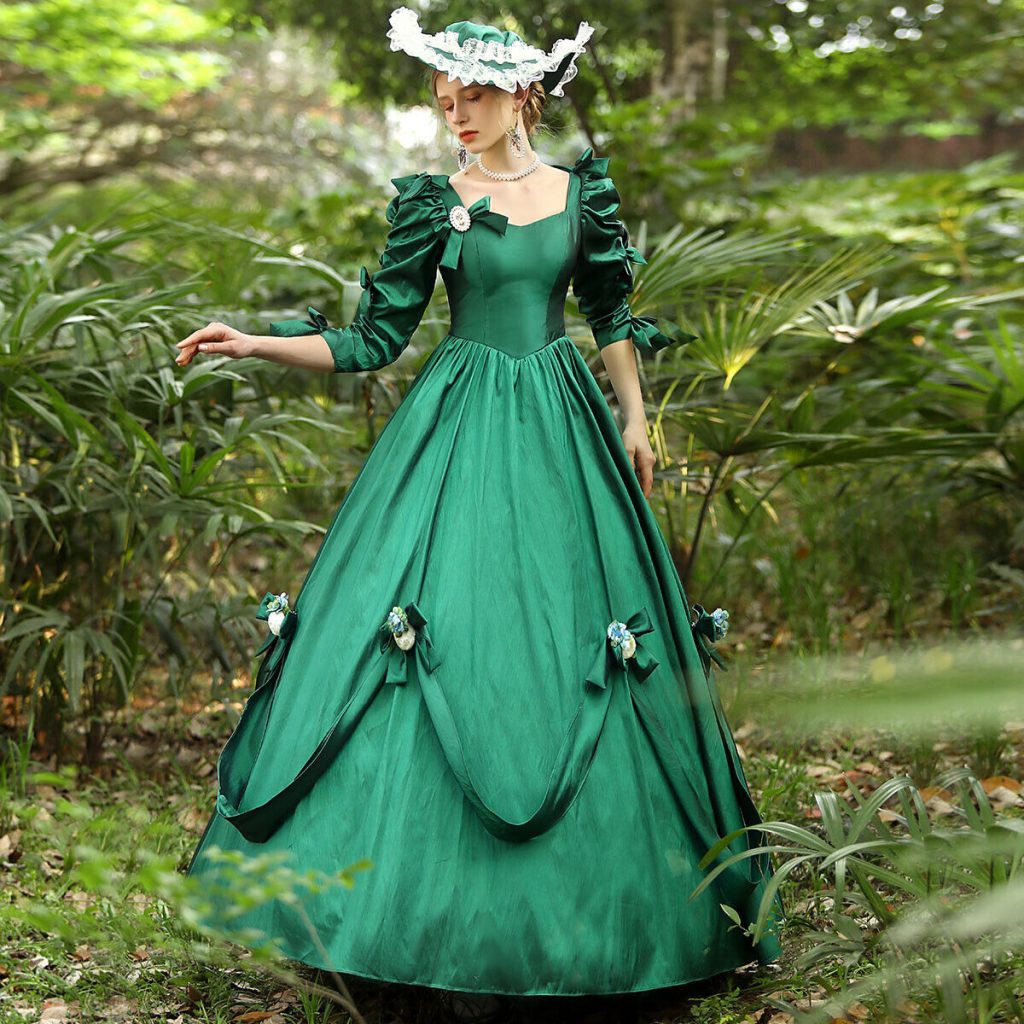The Renaissance period was a time of great artistic and cultural advancement in Europe from the 14th to the 17th century. During this time, fashion and clothing played a vital role in expressing social status and cultural identity. Renaissance dresses were known for their intricate designs, luxurious fabrics, and attention to detail.
In this article, we will explore the world of Renaissance dresses and what makes them so unique.
Renaissance Dresses: A Window into History
Renaissance dresses offer a unique insight into the cultural and social landscape of the Renaissance period. The designs and materials used in Renaissance dresses were heavily influenced by the art and architecture of the time, reflecting the values and ideals of the people who wore them. Renaissance dresses were also an expression of individual identity, with each dress reflecting the personal style and tastes of the wearer.
The Evolution of Renaissance Dress
The Renaissance period saw a significant evolution in fashion and clothing. At the beginning of the period, clothing was heavily influenced by the medieval period, with loose-fitting garments and long, flowing sleeves. As the period progressed, fashion became more tailored and fitted, with a greater emphasis on the natural curves of the body. Renaissance dress became more complex and layered, with women’s dresses often consisting of multiple layers of undergarments and an outer gown.

Renaissance Dresses for Women
Women’s Renaissance dresses consisted of multiple layers, including a chemise, corset, and underskirt. The corset was a defining feature of women’s Renaissance dress, and was worn to create a slim and elongated silhouette. The outer layer, known as the gown, was often made of rich fabrics such as velvet, silk, or brocade. Gowns were typically long and flowing, with voluminous skirts that were often pleated or gathered at the waist. Headdresses, jewelry, and gloves were also important accessories worn with Renaissance dresses, often made of the same luxurious fabrics and embellished with intricate embroidery and beading.
Renaissance Dresses for Men
Men’s Renaissance dress was characterized by the use of rich fabrics and decorative details. Men typically wore doublets, which were tight-fitting jackets that were often richly embroidered. Breeches or slops were worn over stockings, and shoes were typically made of leather and embellished with buckles or bows. Hats, jewelry, and gloves were also important accessories worn with Renaissance clothing, often made of the same luxurious fabrics and embellished with intricate embroidery and beading.
Renaissance Dress in Art
Renaissance dresses were heavily represented in art during the period, with many famous Renaissance paintings depicting men and women in their finest clothing. These paintings offer a unique insight into the styles and designs of Renaissance clothing, as well as the values and ideals of the people who wore them. Renaissance art also helped to shape the fashion of the period, with painters and sculptors often influencing the designs and styles of clothing worn by the rich and elite.
The Modern Renaissance Dress
Renaissance dress continues to inspire fashion and design in the modern era, with many designers drawing inspiration from this iconic period in history. Today, Renaissance dresses are often worn for costume parties, reenactments, and historical events, as well as for contemporary fashion. Modern Renaissance dresses often feature updated designs and fabrics, while still retaining the elegance and beauty of their historical counterparts.
In conclusion, Renaissance dresses offer a unique insight into the cultural and social landscape of the Renaissance period. The evolution of Renaissance dress, the styles and designs of women’s and men’s clothing, the representation of Renaissance dress in art, and the modern Renaissance dress are all important aspects of this rich and fascinating world of fashion. Renaissance dress was a reflection of the values and ideals of the people who wore them, as well as an expression of individual identity and personal style. The beauty and elegance of Renaissance dresses continue to inspire and captivate people today, making them an enduring symbol of this iconic period in history.